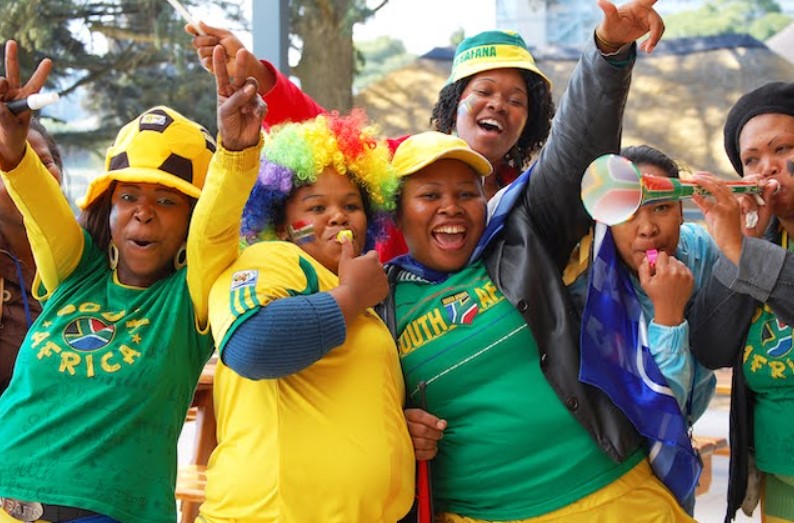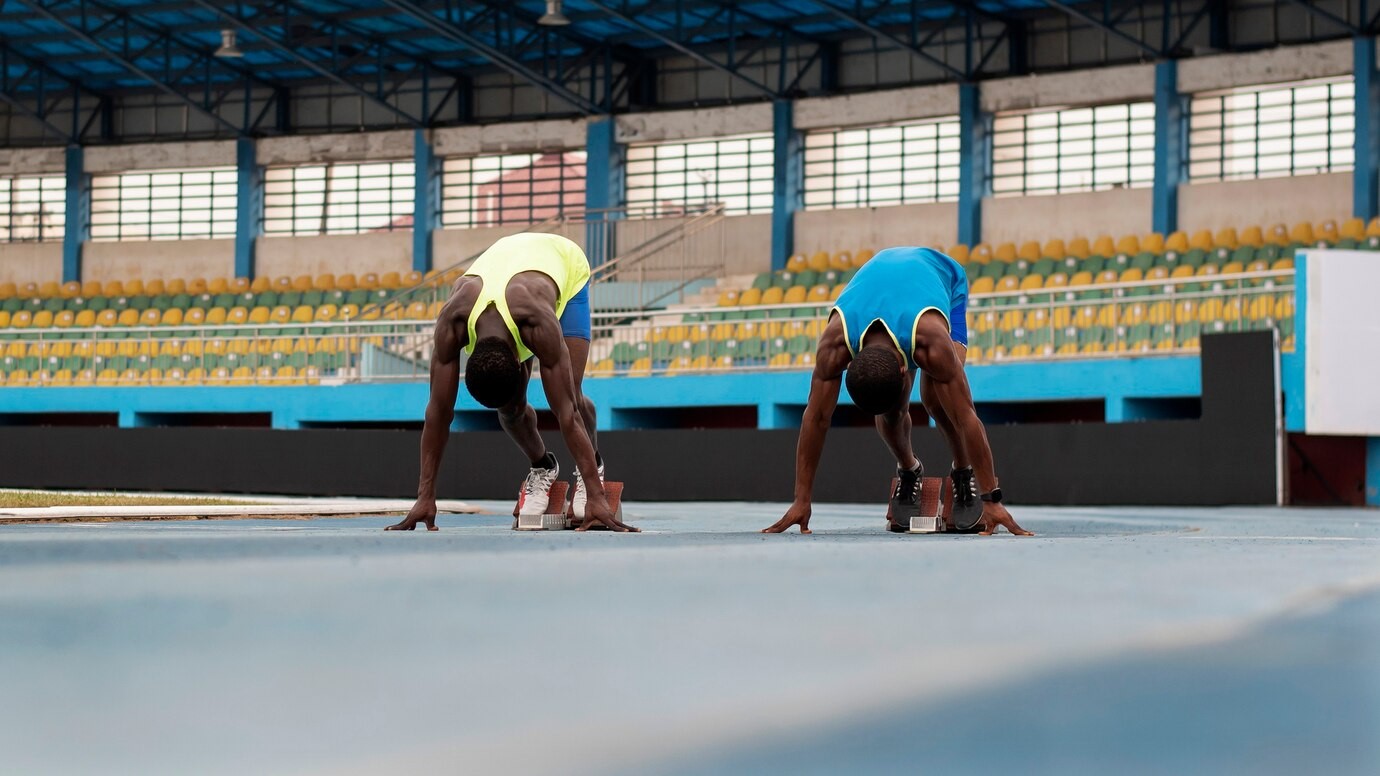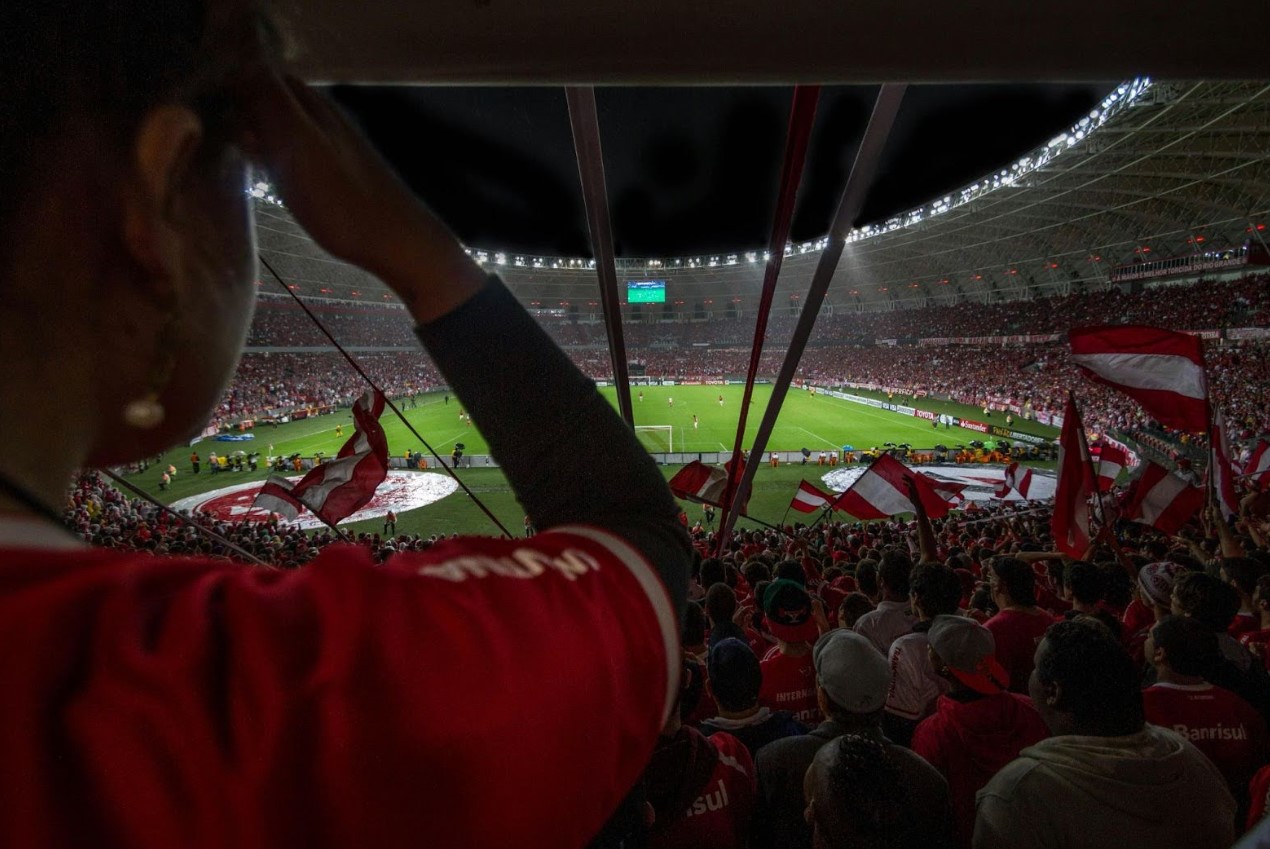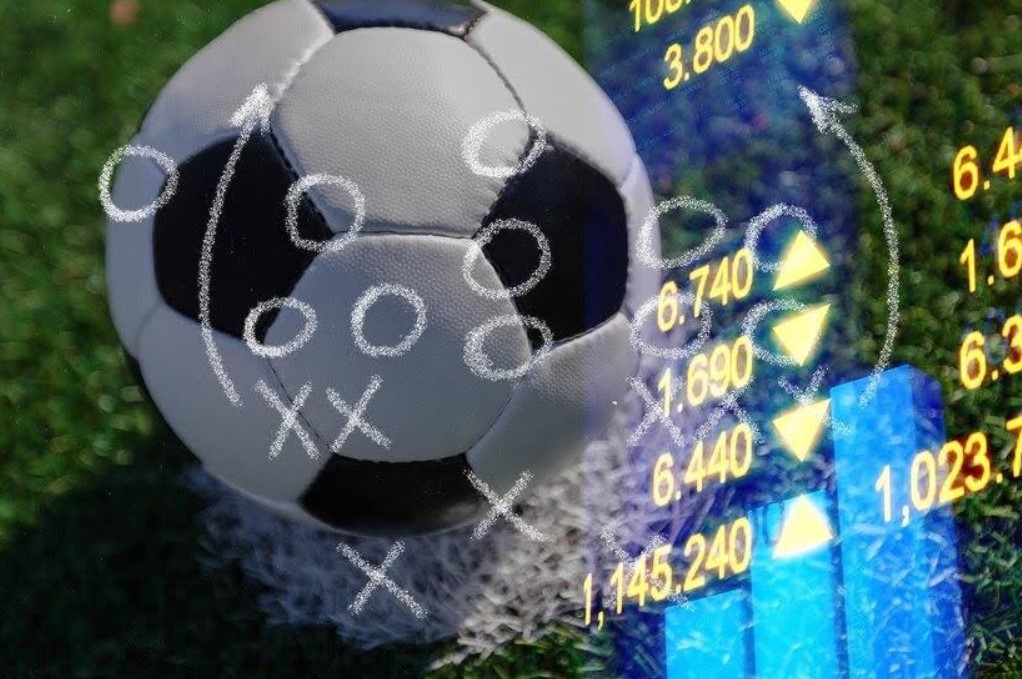Modeling Team Tactics in Sports Games
If you’ve ever watched a coach pacing by the sidel

If you’ve ever watched a coach pacing by the sidelines, you’ve seen it — that constant battle of ideas playing out in real time. But here’s the thing: before the match even starts, many of those ideas have already been tested virtually. That’s the magic of tactical modeling in sports. It’s like having a rehearsal for a game, only without the tired legs and bruises. You run the play, rewind it, try again — until it clicks.
And oddly enough, this kind of thinking isn’t just for sports. Spend a bit of time in the online gaming world — Arabic casinos online, for example — and you’ll spot the same patterns. Quick decisions, calculated risks, reading the “opponent” whether that’s a dealer or another team. Even Rabona casino works on that principle: press a button, hold your breath, wait for the result and then figure out your next move.
Now, how does tactical modeling actually work? It’s not about drawing pretty arrows on a board. It’s about the tiny choices that add up: where a midfielder stands, when the winger makes a run, whether to press high or sit back. To build a good model, you usually need:
- Player movement data — GPS trackers, cameras, all that tech stuff.
- Game events — every pass, every tackle, every shot.
- Past matches — the wins, the losses, the patterns in between.
With this, you can ask “what if” questions. What if the formation changes in the last ten minutes? What if the striker moves out wide? The model can spit out an answer — maybe even show you the energy toll on the squad.
The beauty is, you walk into the real game already knowing a few “if this, then that” scenarios. You can cover for a dangerous forward or exploit a weak flank without improvising on the fly.
Of course, sport loves chaos. An injury, a bad call from the ref, a crazy goal from nowhere — your neat little plan can fall apart in seconds. That’s why the smarter models are built to adapt in real time. New data comes in, predictions change. A lot like in Arabic casinos online, where your strategy shifts the second the odds move against you.
But here’s the catch: the best model in the world can’t feel. It can’t sense that the other team is rattled or that your striker’s confidence is sky-high today. Coaches still lean on gut instinct and experience, mixing them with the numbers. The machine might point you to a spot on the field — but only a human knows whether now’s the right moment.
When people put these models together, they usually think about:
- Roles — who’s your playmaker, who’s your stopper, who finishes the job.
- Space — who controls it and how.
- Timing — fast break or slow build-up?
- Mindset — nerves, fatigue, adrenaline.
What’s wild is how far these systems have come. From simple diagrams to 3D simulations you can step inside, they give players a safe playground to experiment. No real scoreboard pressure, just trial and error until it works.
And in the end, that’s what modeling is about. Not just winning one match, but understanding the game on a deeper level. Preparing for the stuff you can’t predict. Giving players tools so that, when the moment comes, they act without hesitation. Whether it’s a penalty kick in stoppage time or a risky move in Arabic casinos online, the thinking’s the same: read the situation, trust your prep, and adjust when the unexpected happens.







